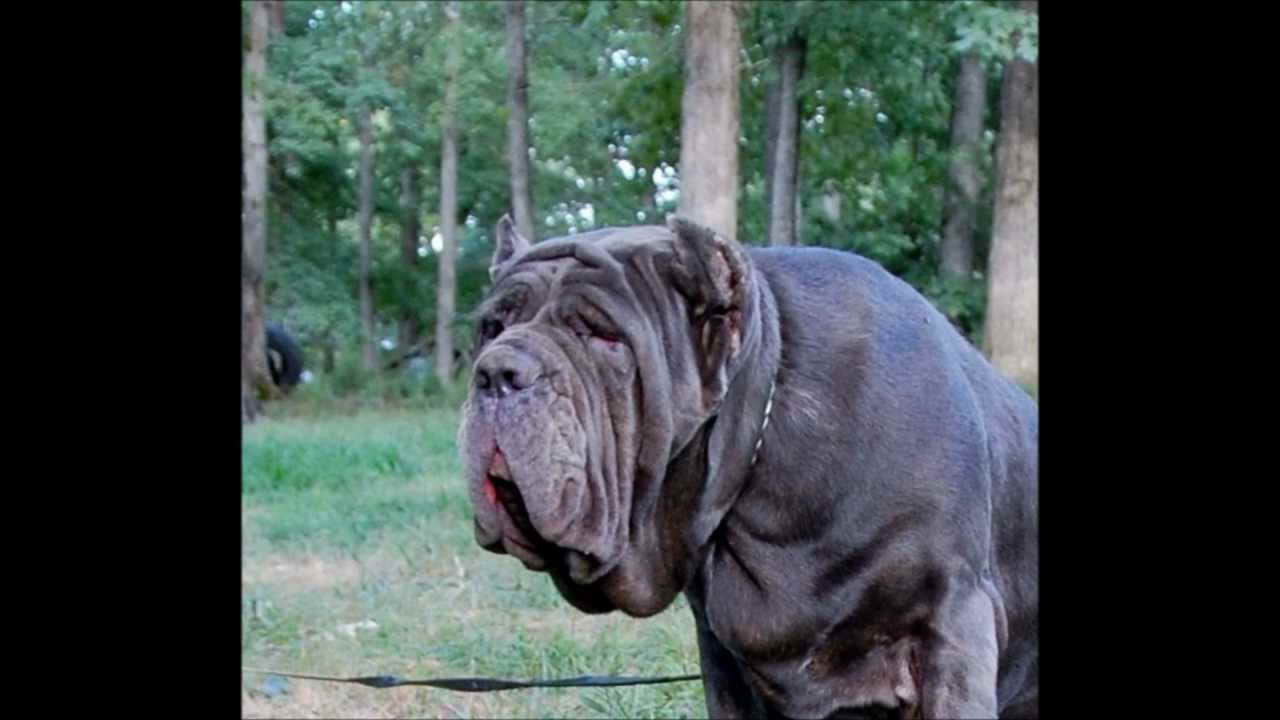
Unveiling the Mystique of Blue Mastiff – A Comprehensive Guide
Introduction
Blue Mastiffs, often shrouded in mystery and allure, are a majestic breed known for their striking appearance and gentle disposition. In this comprehensive guide, we’ll explore the world of Blue Mastiffs, shedding light on their characteristics, care requirements, and much more. Whether you’re a seasoned Mastiff owner or a newcomer, this article will provide valuable insights into these remarkable dogs.
Blue Mastiff: Majestic Guardians
The Blue Mastiff breed is a variation of the traditional Mastiff, distinguished by their stunning blue coat. These gentle giants have a captivating presence and a heart of gold, making them ideal companions for families. Let’s delve deeper into their fascinating world.
Origins and History
The history of the Blue Mastiff is a tapestry of ancient tales and noble lineage. Originating in England, Mastiffs were used as guard dogs and companions to knights and kings. The Blue Mastiff’s unique coloration, a result of recessive genes, has made them a rare and prized breed among Mastiff enthusiasts.
Unique Characteristics
1. Striking Blue Coat
The defining feature of Blue Mastiffs is their captivating steel-blue coat. This rare coloration sets them apart from other Mastiff variations.
2. Gentle Temperament
Despite their imposing size, Blue Mastiffs are known for their gentle and affectionate nature. They make excellent family pets and are great with children.
3. Massive Build
Blue Mastiffs are among the largest dog breeds, with males weighing between 160-230 pounds. Their imposing stature adds to their protective instincts.
Care and Maintenance
Maintaining a Blue Mastiff’s health and happiness is essential. Here’s what you need to know:
1. Diet and Nutrition
Blue Mastiffs require a balanced diet rich in protein to support their muscular build. Consult with a veterinarian for a diet tailored to their specific needs.
2. Exercise Requirements
Regular exercise is vital to keep your Blue Mastiff fit and mentally stimulated. Daily walks and playtime in a secure area are recommended.
3. Grooming
Their short coat is easy to maintain, but regular brushing will help reduce shedding. Pay special attention to cleaning their facial wrinkles to prevent skin issues.

Blue Mastiff – The Perfect Family Companion
Blue Mastiffs are not just impressive protectors; they are also ideal family companions. Their unique blend of loyalty, affection, and protective instincts makes them a wonderful addition to any household. In this section, we will explore what makes Blue Mastiffs the perfect family pets.
Loyalty and Affection
Blue Mastiffs are renowned for their unwavering loyalty and deep affection for their families. They quickly form strong bonds with their human counterparts, creating a sense of security and closeness within the household. Whether it’s a family of two or ten, these gentle giants treat everyone with the same love and devotion.
Protective Instincts
One of the most valuable traits of Blue Mastiffs is their protective instincts. They have an innate ability to discern potential threats and act swiftly to protect their loved ones. This makes them excellent watchdogs, as they will alert the family to any unusual occurrences.
Interaction with Children
Blue Mastiffs have a well-deserved reputation for being great with children. Their gentle and patient nature means they are often seen as furry guardians for kids. They are known to be particularly tolerant, allowing children to play, cuddle, and bond with them without concerns about aggression.
Socialization and Training
To ensure that your Blue Mastiff is a well-adjusted family member, early socialization and training are key. When introduced to various people, animals, and situations during their puppyhood, they grow up to be well-rounded and adaptable pets. Positive reinforcement techniques work effectively in their training, and they thrive on pleasing their owners.
Being Part of the Family
Blue Mastiffs thrive when they are integrated into family life. They don’t do well when left alone for long periods. They need to feel like they are part of the family unit, sharing in the daily activities and receiving the love and attention they deserve.
Creating Special Moments
Blue Mastiffs have a knack for creating special moments within the family. Whether it’s snuggling with children during storytime, accompanying you on family hikes, or simply being a presence during family gatherings, they contribute to cherished memories that last a lifetime.

Frequently Asked Questions
Are Blue Mastiffs good with children?
Yes, Blue Mastiffs are known for their gentle nature, making them excellent companions for children.
How do I groom a Blue Mastiff?
Regular brushing and attention to their facial wrinkles are essential for Blue Mastiff grooming.
Do Blue Mastiffs require a lot of exercise?
While they are not overly active, Blue Mastiffs benefit from daily walks and playtime to stay healthy and happy.
What’s the average lifespan of a Blue Mastiff?
Blue Mastiffs typically live for 8 to 10 years.
Are Blue Mastiffs prone to aggression?
When properly trained and socialized, Blue Mastiffs are not aggressive. They are naturally protective but not aggressive without cause.
How can I find a reputable Blue Mastiff breeder?
Look for breeders with a good reputation and ask for references from previous buyers. Ensure the breeder conducts health testing on their dogs.
Conclusion
In conclusion, Blue Mastiffs are awe-inspiring creatures with loving heart and a protective spirit. Their striking blue coat, gentle temperament, and imposing build make them a unique breed. To provide the best care for your Blue Mastiff, remember to focus on proper nutrition, regular exercise, and grooming. These majestic dogs are more than just pets; they are loyal guardians and cherished family members.
Explore the world of Blue Mastiffs and let their mystique become a part of your life. If you’re considering adding one to your family, be prepared for a remarkable journey with these incredible companions.
Leave a Reply